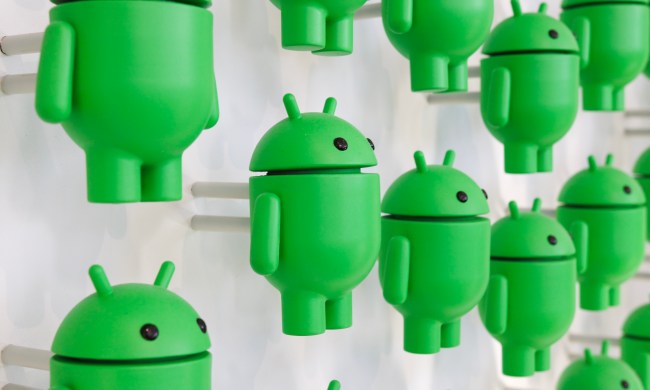Google is finally pushing Android 15 to the Android Open Source Project (AOSP), marking a crucial milestone when companies begin prepping their respective software experiences for their smartphones and developers start fine-tuning their apps. As far as a public release, the stable public build of Android 15 will be released for compatible Pixel phones in the coming weeks.
Android 15 will also make its way to “devices from Samsung, Honor, iQOO, Lenovo, Motorola, Nothing, OnePlus, Oppo, Realme, Sharp, Sony, Tecno, Vivo and Xiaomi in the coming months,” says Google. If you have a Pixel phone, you can install the Android 15 QPR1 Beta update to get a taste of what’s coming.
For folks who’ve plunked cash on the new Google Pixel 9 or Pixel 9 Pro, the phones can finally be enrolled in the test program and have the update installed. But keep in mind that installing the QPR build requires a full system wipe before you can install the stable update upon its release.
Now that Android 15 has hit the AOSP repository, custom ROM makers can freely tweak or deploy it for their respective products. The source code is also available for analysis by academics, researchers, and enthusiasts from the Git repository.

It was disappointing that Google didn’t push Android 15 with the new Pixel 9 series smartphones. Moreover, it seems we might have to wait until October. Google recently updated the details for the Android Beta Exit update, which mentions an October deadline for users registered in the beta testing phase to leave the beta ahead of the stable version’s release.
Android 15 introduces a long list of changes targeted at developers. These include deeper insight into app behavior, such as time spent on startup, launch temperature, and storage usage, improved PDF viewing capabilities and interactions, and the ability to control HDR content performance on compatible panels while viewing SDR content.
Another cool feature is automatic sound adjustment based on ambient noise levels within apps that handle audio in the AAC format. Users will also get more granular control over the LED flash intensity in image capture and torchlight mode. Finally, Google is changing the camera preview to ramp up the exposure, allowing users to see items in the dark.

On the functional side, users can finally pin the taskbar at the bottom of the screen, a facility targeted at easing the multitasking experience for foldable phone and tablet users. Private Space, which lets users create a safe password-protected environment on their phones for sensitive apps, is a notable addition.
Speaking of privacy, users can finally fill in their account credentials or verify their identity with a single tap using the Passkeys system. Apps can also detect if the activity is being captured using any recording tool, allowing them to warn users about it.
We have been testing Android 15 for a while now and will soon share our key takeaways on how it reimagines the smartphone experience, especially on the Pixel 9 series devices.




